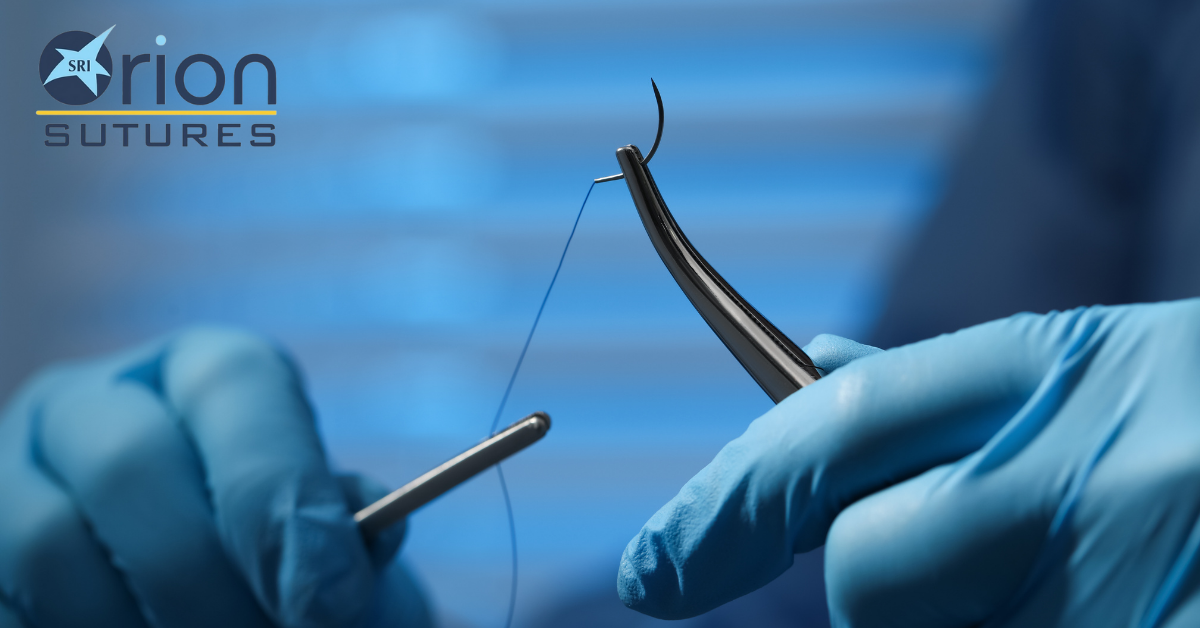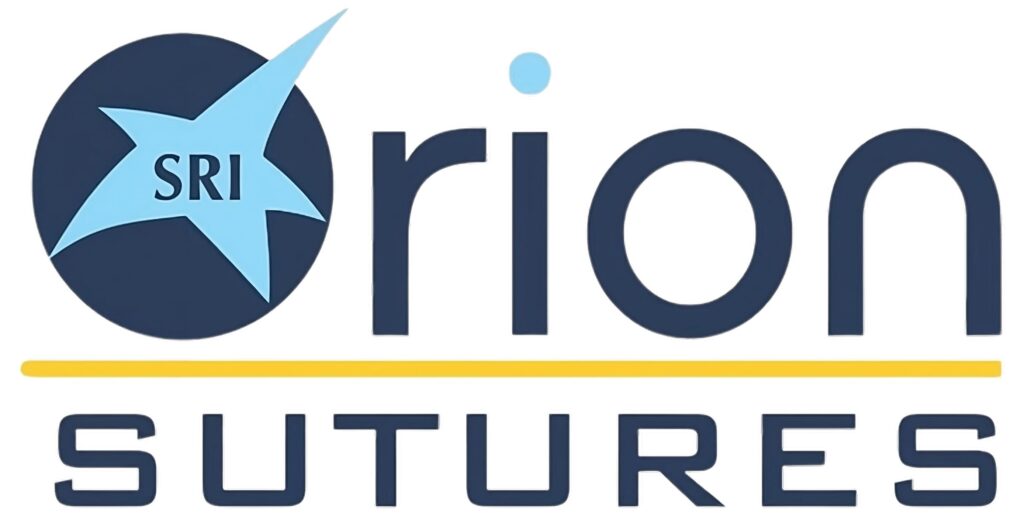You Need To Know About Absorbable Sutures, Including Their Types, Uses, And Benefits.
The word itself can send shivers down your spine, conjuring images of needles and that dreaded follow-up appointment to get them out. But what if there was a type of stitch that eliminated that whole ordeal? Enter the world of absorbable sutures, the dissolvable heroes of the surgical world.

Absorbable sutures, or dissolvable stitches, are medical marvels designed to vanish into thin air (or, more accurately, your body) over time. Unlike their traditional counterparts made from materials like nylon or silk, these sutures are crafted from unique ingredients that your body can naturally break down.
The question arises as to how exactly absorbable sutures work their magic. The secret is in knowing how to use the material. A few absorbable sutures originate from natural sources, such as the fibres lining animal intestines (catgut). However, these have fallen out of favour due to potential allergic reactions and inconsistencies in strength. Modern medicine relies more on synthetic absorbable sutures made from specially designed polymers. These polymers are like Trojan horses, fooling your body into thinking they’re harmless before slowly dissolving without causing any trouble.
Not all absorbable sutures are created equal. Different materials boast varying degrees of strength and absorption rates. Some can hold your wound together for weeks, while others might dissolve within a few days. The type your doctor chooses depends entirely on the specific wound and how quickly it needs to heal. Think of it like choosing the right tool for the job—a doctor wouldn’t use a screwdriver to hammer a nail!
Here’s a crash course on some of the most common types of absorbable sutures:
Natural: As mentioned earlier, catgut was a popular choice. However, its use has significantly declined due to potential allergic reactions and inconsistencies in strength.
Synthetic: These are the champions of the absorbable suture world. Polyglycolic acid, polyglactin 910, and polydioxanone are some of the most commonly used synthetic absorbable sutures. They offer predictable absorption rates, minimal tissue reaction, and a much lower allergic reaction risk than natural sutures.
Absorbable sutures are lifesavers (quite literally!) for internal wounds and tissues that heal quickly. They also shine in cosmetic procedures where minimizing scarring is a priority. The disappearing act of these sutures eliminates the need for removal, reducing the risk of infection associated with the second appointment. It’s a win-win for both the patient and the doctor!
However, there are better solutions and absorbable sutures for some situations. For instance, wounds under high tension or those that heal slowly require the extra strength and staying power of non-absorbable sutures. Additionally, some individuals might have sensitivities to specific suture materials, so a doctor will always consider a patient’s medical history before making a choice.
So, the next time you get stitched up, don’t hesitate to ask your doctor about the type of sutures they use. After all, knowledge is power, and understanding absorbable sutures can help ease any anxieties about the healing process. Remember, an informed patient is a happy (and well-stitched-up) patient!
Here are some additional points to consider when it comes to absorbable sutures:
Healing Time: The absorption rate of absorbable sutures varies depending on the material. Your doctor will choose sutures that dissolve at a pace that complements your wound’s healing time.
Potential Discomfort: As the absorbable sutures dissolve, you might experience mild discomfort or a pulling sensation around the wound site. It is usually temporary and nothing to worry about. However, contact your doctor if you experience any significant pain, redness, or swelling.
Activity Restrictions: Depending on the location and severity of your wound, your doctor might recommend activity restrictions while the absorbable sutures are in place. It ensures proper healing and prevents the wound from reopening.
Absorbable sutures are a testament to modern medical advancements. They offer a convenient, safe, and effective way to close wounds and promote healing. So, the next time you get stitches, they might disappear before you know it!

